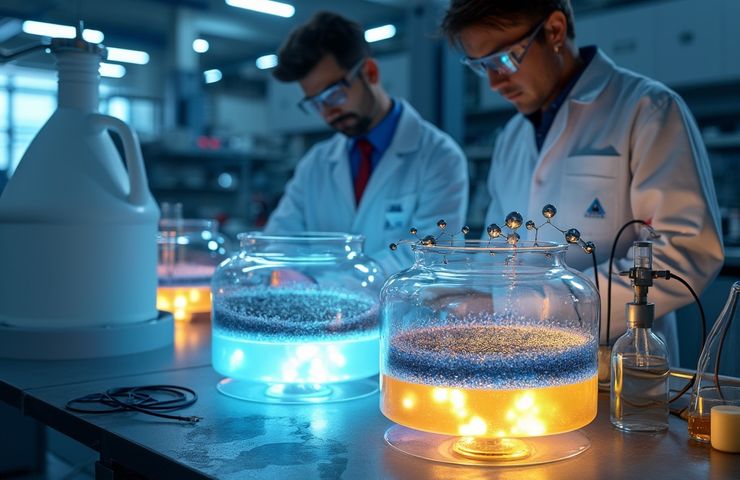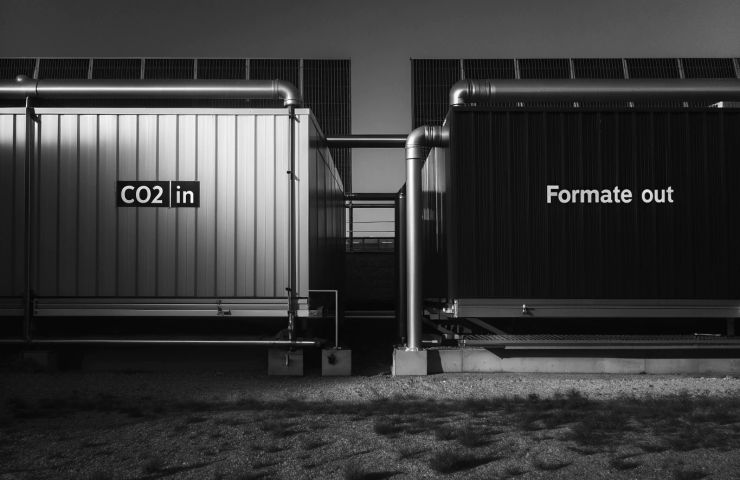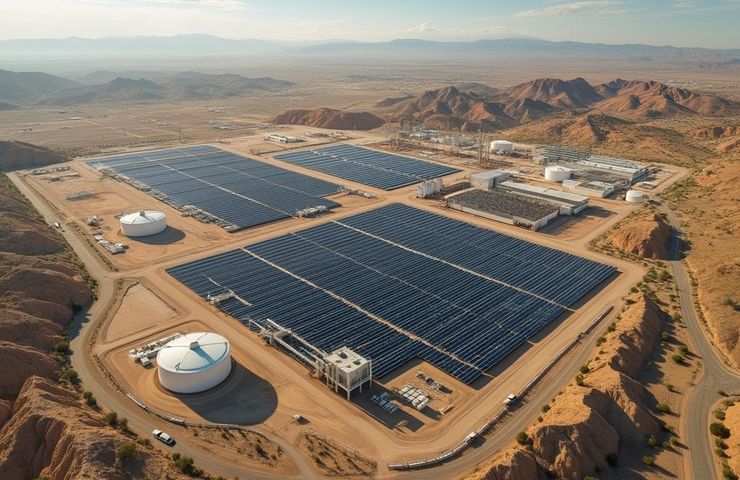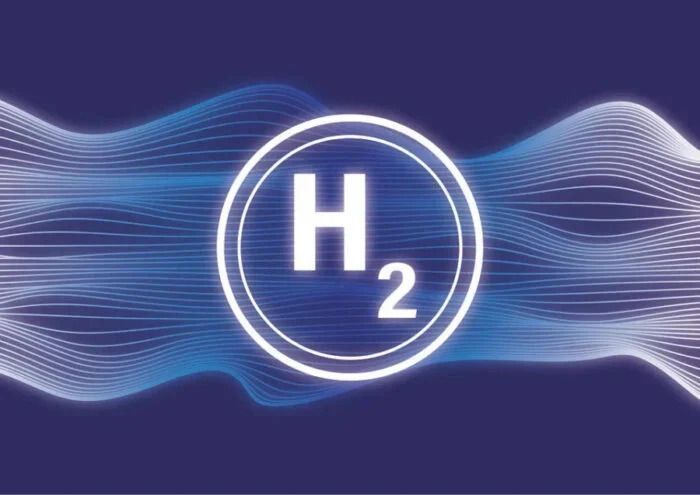Brazilian Breakthrough in Hydrogen Production Could Drive Down Green H₂ Costs by 19%
Brazil’s Center for Innovation in New Energies (CINE), working in partnership with FAPESP and Shell, has come up with a…


Brazil’s Center for Innovation in New Energies (CINE), working in partnership with FAPESP and Shell, has come up with a promising new approach that could shake up the game in green hydrogen production. The team developed an innovative photoelectrochemical purification process that uses glycerol—a leftover from biodiesel manufacturing—and good old-fashioned sunlight to clean up mullite-type bismuth ferrite films. The result? A big leap in efficiency—up to 58% more hydrogen output—and the potential to bring down production costs by around 19%.
Tapping into Brazil’s Biofuel Advantage
What makes this even more exciting is how well it fits into Brazil’s existing strengths. Thanks to the country’s massive biodiesel industry—cranking out over 6.4 billion liters a year—there’s no shortage of glycerol just waiting to be put to better use. This approach aligns perfectly with Brazil’s plans under its National Hydrogen Program to step up sustainable hydrogen production in a big way.
Testing the Waters with a Sugar Mill Pilot
Next up for the project: real-world testing. The team is preparing for a pilot program with Shell’s Raízen joint venture at a sugarcane mill in São Paulo State. If all goes to plan, a patent will be filed in early 2025, and the technology could go global. It’s not just about boosting hydrogen output either—this method could eventually replace pricey Pt-based catalysts and even be used to treat wastewater as part of a dual-purpose system.
What's Your Reaction?
























































